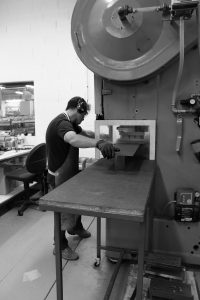 First of all, a compatible cell (or generic cell) does not come from the original manufacturer. For the record, a chlorination cell includes 2 components: one electrode and one plastic sleeve. Sometimes, these 2 parts are built in and sometimes they are not.
First of all, a compatible cell (or generic cell) does not come from the original manufacturer. For the record, a chlorination cell includes 2 components: one electrode and one plastic sleeve. Sometimes, these 2 parts are built in and sometimes they are not.
To be completely compatible, a cell has to meet 3 requirements :
- Physical compatibility: a cell can be settled in place of the original cell without any modification of the initial hydraulic installation.
- Chlorine production compatibility: a compatible cell must provide at least the same chlorine production as the original cell. The chlorine production depends on the quality of the titanium (measured in grades), on the plates surface (or grids) but also on the quality of the coating (thickness and chemical composition).
- Lifespan components compatibility: a compatible cell lifespan must be equal to the original cell. The compatible cell must not harm the controller’s lifespan. For example, the cell mustn’t run the controller box beyond its limits.
- Functionalities compatibility: as very often, the original cell was designed many years ago: the compatible cell comes with more up today features.
As, very often, the original cell was designed many years ago; the compatible cell comes with more up to day features:
- Grids may be replaced by solid plates, they are more suitable for the self-cleaning devices. Furthermore, they present an advantage of improving the cell’s lifespan.
- Improvement of the electrical connection of the cell in order to facilitate the assembly and later manipulations.
- Injected plastic sleeves instead of stuck and machined parts plastic sleeves.
A COMPATIBLE CELL is an alternative to the ORIGINAL CELL
A compatible cell is an alternative to the original cell, the latter staying, nevertheless, the reference to maintain the equipment in optimum conditions of use, without any risk.
